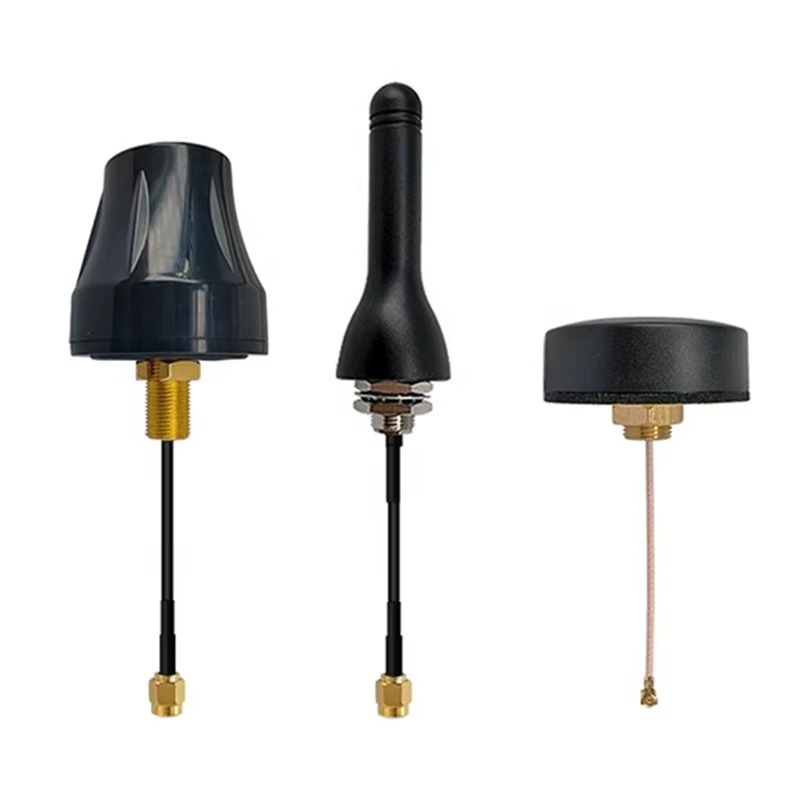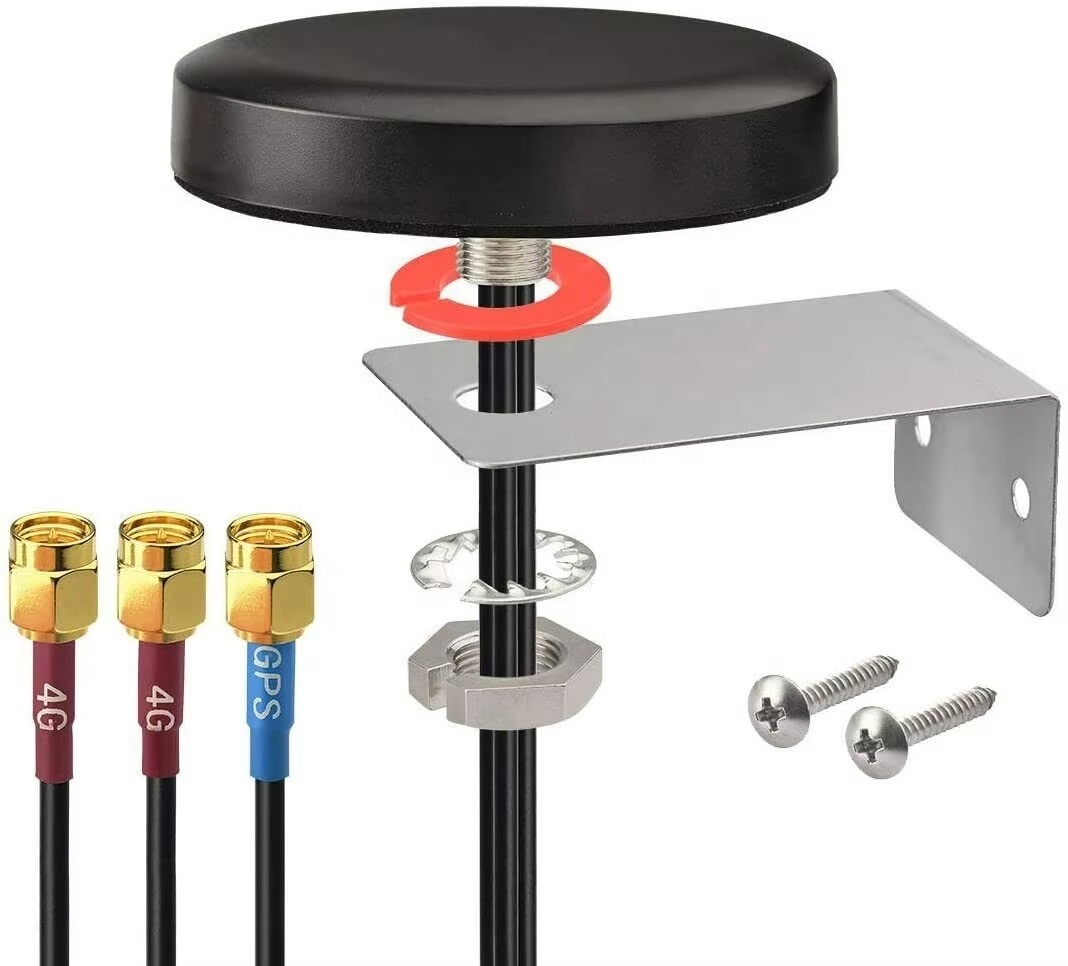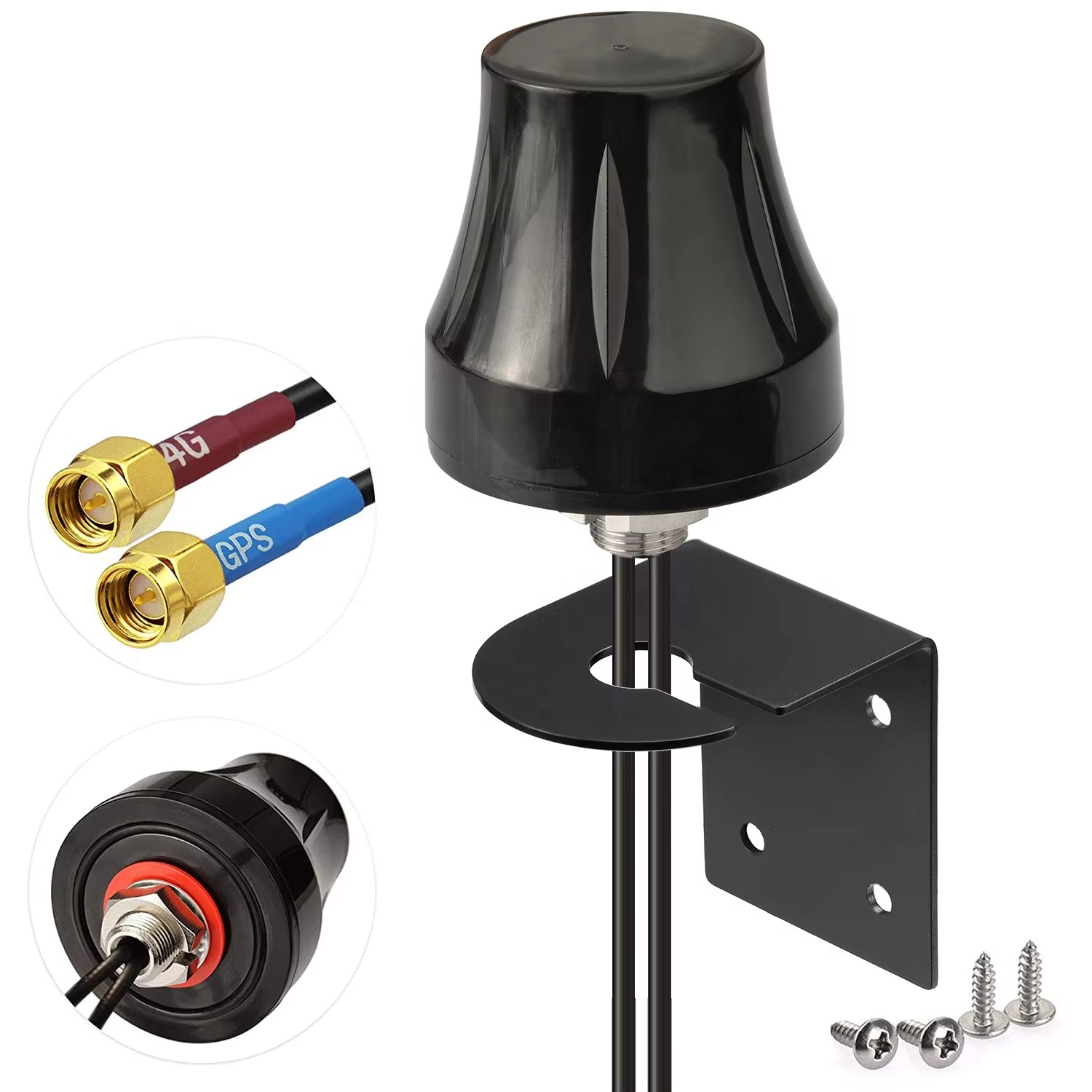The surface mount low-profile ceramic antenna is a foundational technology that enables wireless connectivity across a breathtakingly diverse range of modern electronic devices. Its unique combination of miniaturization, performance, and manufacturability has made it the default choice for applications where space is at a premium and production volume is high. As technology evolves, its applications continue to expand, and the antenna itself is undergoing significant innovation to meet future demands.
Applications
Smartphones, Tablets, and Laptops: This is the highest-volume application. A single modern smartphone contains multiple ceramic antennas for different services: primary and diversity cellular antennas for 4G/5G, Wi-Fi/Bluetooth, GPS/GNSS, and sometimes NFC. Their low profile is essential for the all-screen, bezel-less designs that dominate the market. They are often placed in the narrow bezels or within the device's mid-frame.
Wearable Technology: Smartwatches, fitness trackers, and wireless earbuds have perhaps the most severe space constraints. A ceramic antenna is often the only viable solution for integrating Bluetooth, Wi-Fi, or GPS connectivity into these tiny form factors without adding noticeable thickness or compromising water resistance.
Internet of Things (IoT) Modules and Sensors: The IoT revolution is fueled by these antennas. They are used on compact IoT modules for protocols like:
Cellular IoT: LTE-Cat M1 (CAT-M), NB-IoT.
LPWAN: LoRaWAN, Sigfox.
Short-Range: Wi-Fi, Bluetooth Low Energy (BLE), Zigbee.
This enables wireless functionality in devices like asset trackers, smart meters, environmental sensors, agricultural monitors, and industrial safety equipment.
Consumer Electronics: A wide array of products rely on them, including:
TVs and Set-Top Boxes: For Wi-Fi and Bluetooth connectivity.
Smart Home Devices: Voice assistants (e.g., Amazon Echo, Google Nest), smart thermostats, and security cameras.
Gaming: VR/AR headsets and game controllers.
Digital Cameras: For Wi-Fi photo transfer.
Automotive Electronics: Modern vehicles are rolling networks. Ceramic antennas are used in telematics control units (TCUs), tire pressure monitoring systems (TPMS), keyless entry fobs, and infotainment systems for GPS and cellular connectivity. Their robustness is key to surviving the automotive environment.
Medical Devices: Portable medical devices and patient monitors use them for wireless data transfer. Wearable health monitors (e.g., ECG patches, continuous glucose monitors) leverage their small size for patient comfort and discretion.
Future Trends
Multi-Band and Wideband Designs for 5G and Wi-Fi 6/7: The demand for higher data rates is pushing antennas to cover wider bands. Future ceramic antennas will use more advanced techniques:
Advanced Stacking: Multi-layer ceramics with more complex stacked patches to cover multiple wide bands (e.g., all of 5G FR1 n77/n78/n79 bands).
Meta-Materials: Incorporating electromagnetic band-gap (EBG) structures or other meta-material concepts to effectively create a "larger" antenna electrically, thereby increasing bandwidth without increasing physical size.
Antenna-in-Package (AiP) and System-in-Package (SiP): This is a major paradigm shift. The ceramic antenna will be co-packaged with the RF transceiver chip, filters, and other components into a single, pre-tested module. This simplifies design for the end customer, reduces the overall footprint, minimizes parasitic effects from interconnects, and improves overall system performance. This is already happening for mmWave 5G antennas.
Integrated Passive Devices (IPDs): Antenna manufacturers will move beyond single components to offer entire "antenna solutions" on a single ceramic substrate, integrating matching networks, filters, and baluns alongside the radiating element. This further reduces the component count and board space required.
Tuning and Adaptive Impedance Matching: To combat detuning from environmental effects (e.g., a user's hand), future antennas will incorporate active tuning elements. Using tunable capacitors (varactors) or switchable matching networks, the antenna's impedance can be dynamically adjusted in real-time to maintain an optimal match, maximizing efficiency and data throughput.
Material Science Innovations: Research into new ceramic and composite materials continues. Goals include developing dielectrics with an even higher εr for further miniaturization, a more stable temperature coefficient, and a better balance between high εr and low loss tangent to improve efficiency.
Co-Design with AI and Machine Learning: The use of AI in electromagnetic simulation software will accelerate the antenna design process. Machine learning algorithms can rapidly iterate through thousands of potential geometric configurations to automatically optimize for specific goals like bandwidth, efficiency, or size, dramatically reducing design time and pushing the performance boundaries of these tiny components.
The surface mount low-profile ceramic antenna is a dynamically evolving technology. Its future is one of greater integration, intelligence, and performance, ensuring it remains the cornerstone of wireless connectivity for the next generation of ever-smaller, smarter, and more connected devices.
Conclusion
The surface mount low-profile ceramic antenna stands as a testament to the triumph of integration and miniaturization in electronic design. It is far more than a simple component; it is a critical enabler that has allowed form factor to become a primary driver of innovation in consumer electronics and the Internet of Things. By solving the once-intractable problem of where to put the antenna, it has empowered designers to create the sleek, seamless, and wireless devices that define our modern experience.
Its design and construction represent a masterful application of materials science. The strategic use of high-dielectric-constant ceramics is the fundamental breakthrough, allowing engineers to effectively "bend" the rules of antenna physics to fit a resonant structure into a space previously considered unusable for RF purposes. This core innovation is complemented by manufacturing processes that ensure robustness, consistency, and compatibility with the high-speed automated assembly lines that produce our gadgets.
The analysis of its advantages and limitations reveals its true character: it is the optimal solution for a world prioritizes size and manufacturability. Its unparalleled suitability for SMT assembly and its mechanical durability are overwhelming advantages for mass production. The challenges it presents—primarily limited bandwidth and environmental sensitivity—are not shortcomings but rather the well-defined parameters of its operation. They are the known constraints that skilled RF engineers must design around, a trade-off that is overwhelmingly justified by the aesthetic and functional benefits of ultra-compact design.
The antenna's working principle, a marvel of miniaturized resonance, highlights the sophisticated trade-offs at play. It acknowledges that maximum efficiency and bandwidth must be relinquished to achieve minimal volume, but it does so in the most optimized way possible, extracting the highest possible performance from every cubic millimeter of ceramic.
Looking forward, the trajectory of this technology is not towards obsolescence but towards greater intelligence and integration. Trends like Antenna-in-Package (AiP) and adaptive tuning are not threats but natural evolutionary steps that will further blur the line between the antenna and the rest of the RF front-end, simplifying design and enhancing performance. It will continue to be the hidden workhorse, embedded within the devices of the future, silently providing the essential link to the wireless world.
In conclusion, the surface mount low-profile ceramic antenna is a cornerstone of modern electronics. It is a powerful example of how a focused solution to a specific engineering challenge—the need for invisible, reliable wireless connectivity—can have an outsized impact on entire industries. By conquering the problem of space, it has ensured that the devices of the future can be both beautiful and connected, without compromise. It is a small component that has made, and continues to make, a very large possible.




































































 Language
Language
 En
En Cn
Cn Korean
Korean

 Home >
Home > 







 18665803017 (Macro)
18665803017 (Macro)













